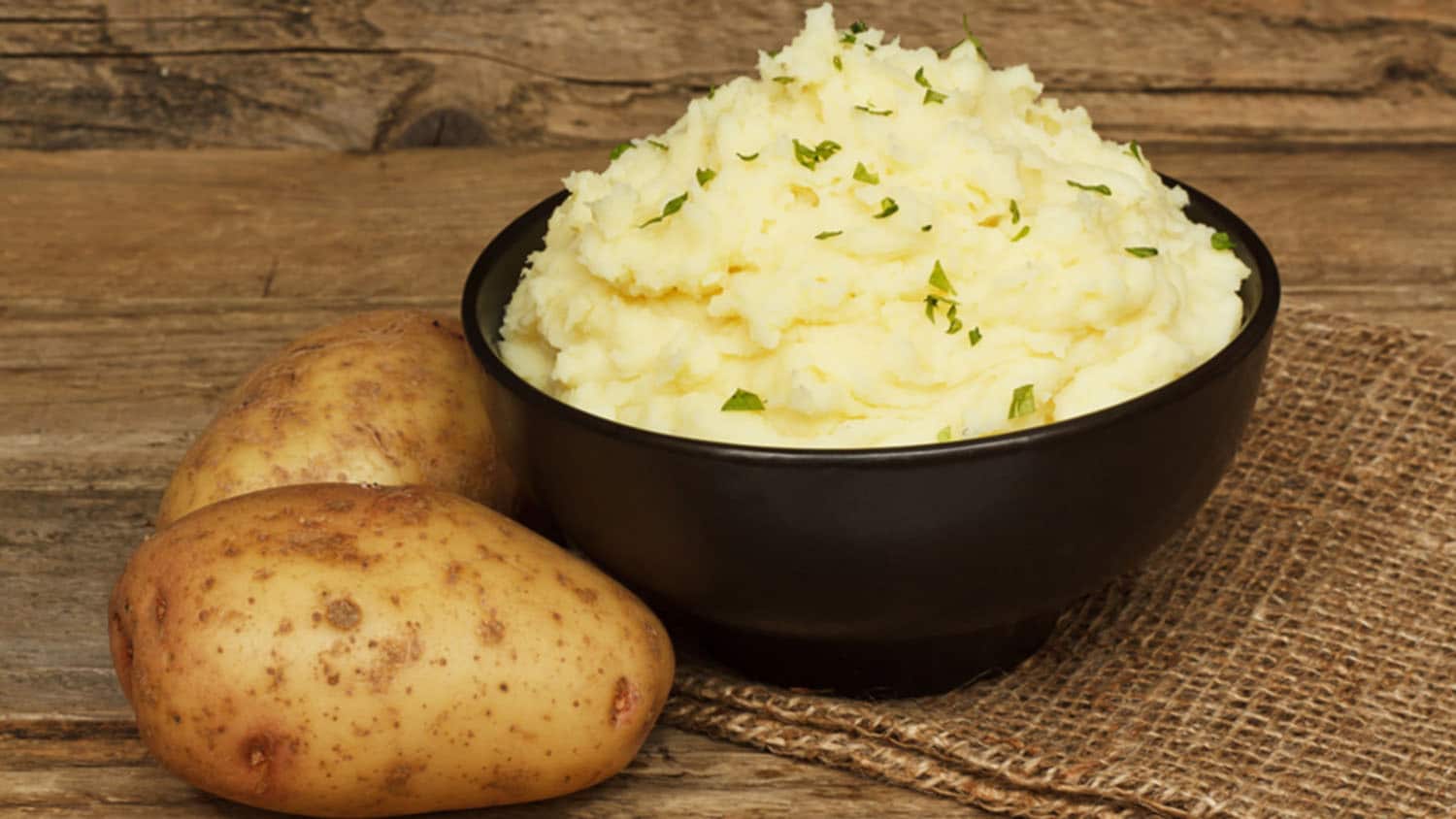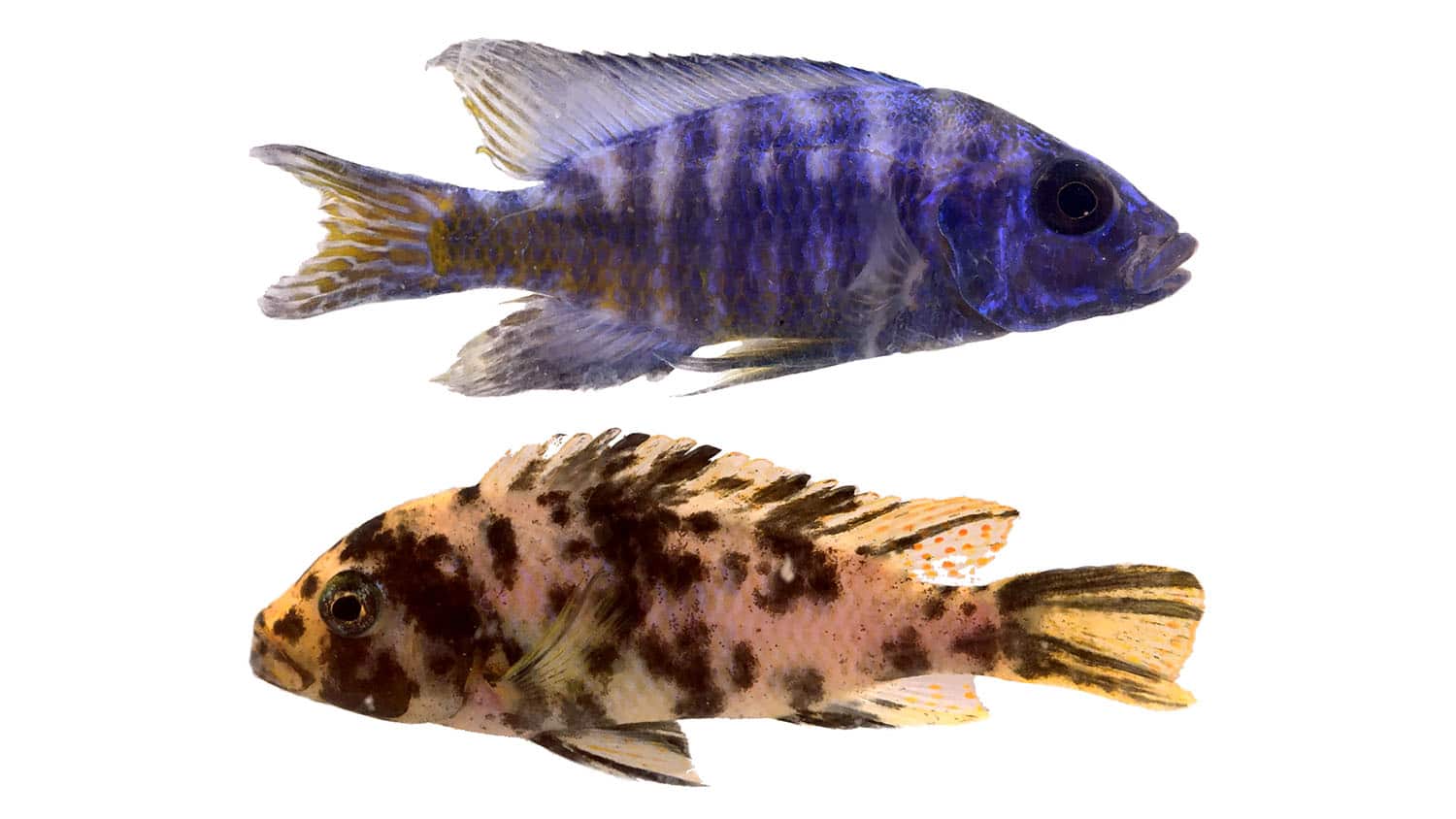Can Mashed Potatoes Make You Sick? Food Safety Tips for Thanksgiving Side Dishes

A lot of people look forward to Thanksgiving sides even more than the main dish: macaroni & cheese, mashed potatoes, collard greens, cranberry sauce, you name it. Every host wants to make their loved ones happy, and nobody wants to inadvertently give their guests food poisoning. So what can you do to avoid foodborne illness this holiday season?
To learn more, we talked to NC State food safety expert, Savana Everhart Nunn. This Q&A is part of a series that focuses on all aspects of holiday food safety, covering everything from turkey to pie.
The Abstract: Do any popular Thanksgiving side dishes pose a significant food safety risk?
Savana Everhart Nunn: All of the dishes have their own unique features and, therefore, safety risks, but they are all considered Time/Temperature Control for Safety, or TCS, foods. These foods can be risky if they come out of the temperature danger zone, which is anything between 41 and 135°F. When items are served (even with warmers!), they’re often served within this temperature range. It’s important to get them refrigerated or into the freezer within four hours unless it’s 90°F or warmer outside, in which case food needs to be refrigerated or frozen within one hour.
Another critical consideration is allergens. Thanksgiving sides come in many different varieties, so it may not always be obvious what ingredients they contain. If you’re hosting anyone who has food allergies, or if you’re unsure whether someone has food allergies, it’s important to either stay away from ingredients that contain that allergen or make sure your guests know which specific allergens may be in your side dishes. You can even make a food label out of paper and/or index cards that names the food and any major allergens it contains. Safe Plates – NC State’s food safety program – has information on allergen labeling and the nine major food allergens in the U.S. here.
TA: Okay, let’s talk about a staple: mashed potatoes. What sort of food safety risk does that pose? And what can folks do to address that risk?
Everhart Nunn: Mashed potatoes are considered a TCS food, so it’s important to keep the potatoes out of the temperature danger zone as much as possible. A specific consideration with mashed potatoes that isn’t as common in some of the other sides is the gravy that often goes on them. Clostridium perfringens can thrive in gravies that are held for extended periods of time, which creates a toxin that can make you sick. And those toxins persist even if you heat the gravy back up and kill off the bacteria. In other words, the mashed potatoes and the gravy need to be eaten or refrigerated within four hours.
Also, if you bake your potatoes in aluminum foil, you should remove the foil immediately after baking them (even if you plan to refrigerate them right away). The foil does not allow air to penetrate and can allow Clostridium botulinum to grow and produce toxins.
TA: So, are those the same things folks should do for all of the other starchy side dishes: mac & cheese, sweet potatoes, corn, and so on? And what about that perennial favorite, green bean casserole?
Everhart Nunn: Yes. These are all TCS foods, so the same recommendations we talked about for mashed potatoes also apply here.
As for green bean casserole, the green beans should be rinsed and any damaged or bruised beans should be thrown away. If you’re using any canned items as ingredients, check the can for any sharp dents or dents along the top or side seams. These shouldn’t be used due to Clostridium botulinum risk.
TA: Cranberry sauce and collard greens seem different from all the other dishes we just talked about. What should people do to reduce food safety risks for those?
Everhart Nunn: Both cranberry sauce and collard greens can be prepared fresh or from a can, so it’s important to consider how you’re preparing them for your Thanksgiving dinner.
Cranberry sauce often comes canned either from the store or canned at home. Store-bought cans should be checked for dents on the can seams. Small dents on the side of a can are okay, but cans with any sharp dents or dents along the top or side seams should not be used. If you’re eating cranberry sauce that is home-canned, make sure that it was canned using a validated recipe, such as one from the National Center for Home Preservation. If you’re making fresh sauce, be sure to rinse off the berries with water and remove any shriveled or bruised fruit. Frozen cranberries don t need to be thawed. Leftover sauces should be refrigerated in sealed, airtight containers.
Follow the same considerations for store or home-canned collard greens. Fresh collard greens can also be bought in sealed bags. If the bag says “ready-to-eat,” “washed,” or “triple washed,” the collards do not need to be washed again. If the bag doesn’t contain those words, or if collards are being purchased (or picked from a garden), make sure to remove any yellow or wilted leaves. Then, rinse the leaves and stems with cool water, taking care to remove any dirt (it usually takes a few rounds of washing to clean collards). Pat the leaves dry with a paper towel. If adding bacon or other pork products, ensure that they have been cooked to a minimum of 145°F and rested for 3 minutes.


